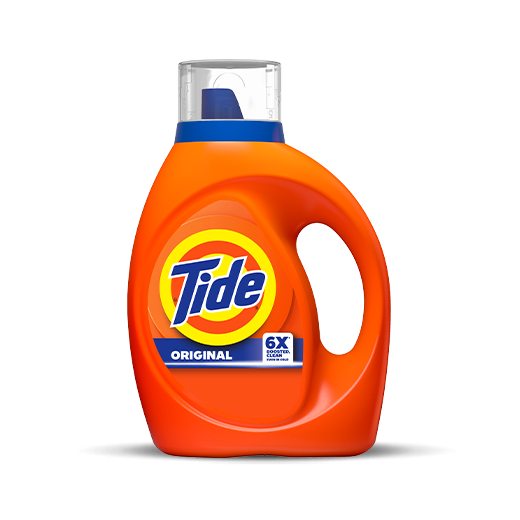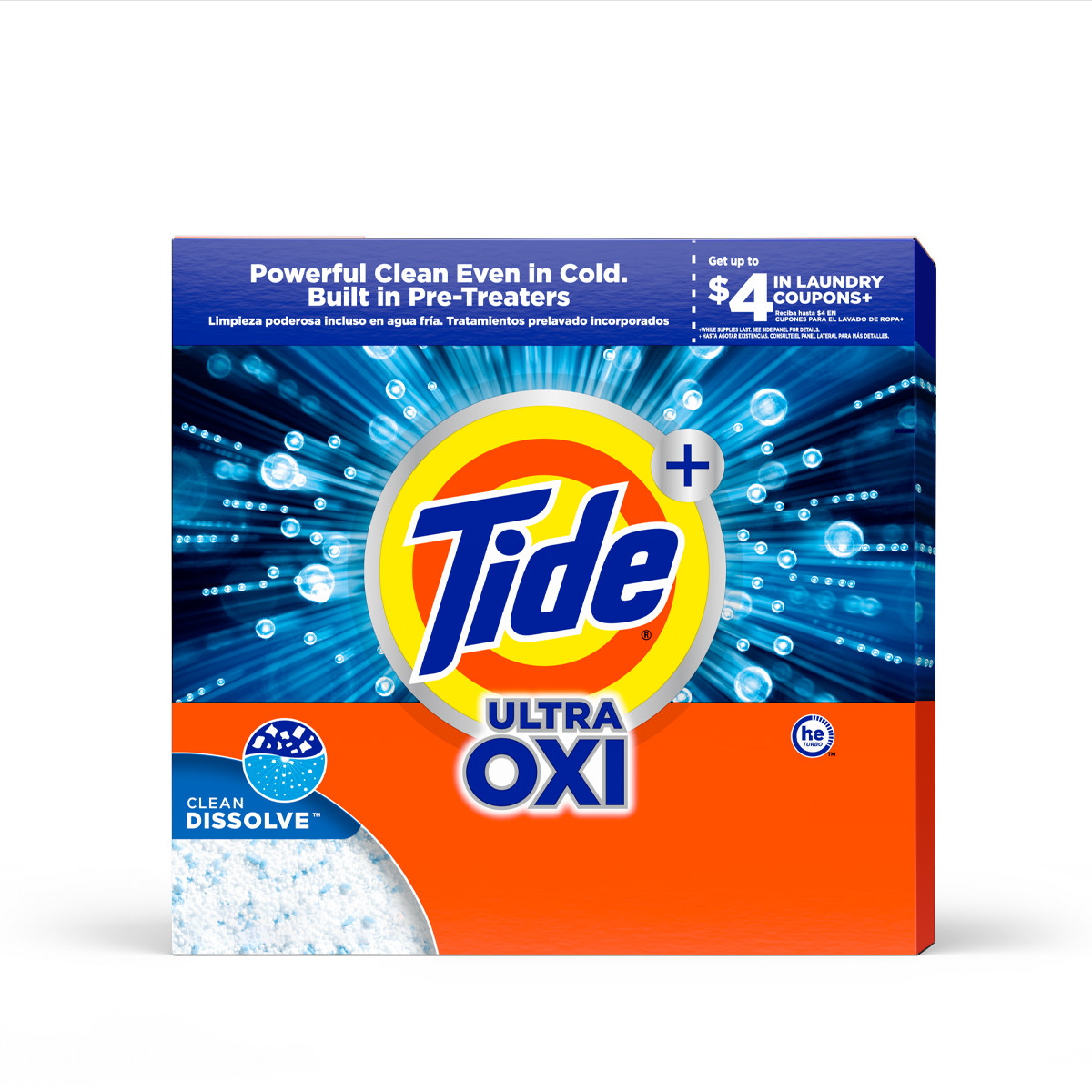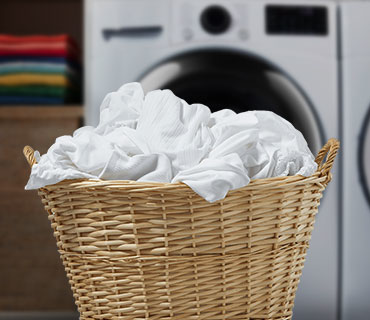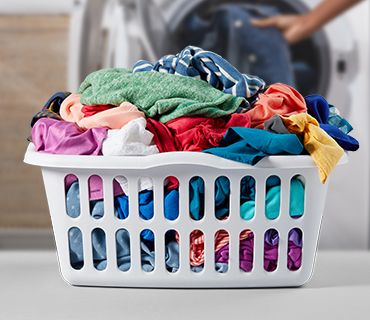How to Use Permanent Press Cycles and Understanding the Benefits
Even if your laundry room is outfitted with the most expensive machines money can buy, if you’re not washing and drying your laundry loads on the right cycle, all that expense may be going to waste. While we’ve all been guilty from time to time of using the same cycles and machine settings repeatedly (regardless of what kind of clothes we're washing or what their care labels say), continuing to disregard the proper settings for your various fabrics can shorten the lifespan of your garments and waste valuable laundry supplies.
In this article, we’re going to focus on a cycle that baffles more than a few people who do laundry on a regular basis and others, like college students, who may be doing laundry for the first time—the permanent-press cycle. By taking the time to understand how the permanent-press cycle works and what permanent-press benefits are, you can unlock a new level of clean while protecting the utility of fabrics like rayon, spandex, polyester, and nylon.
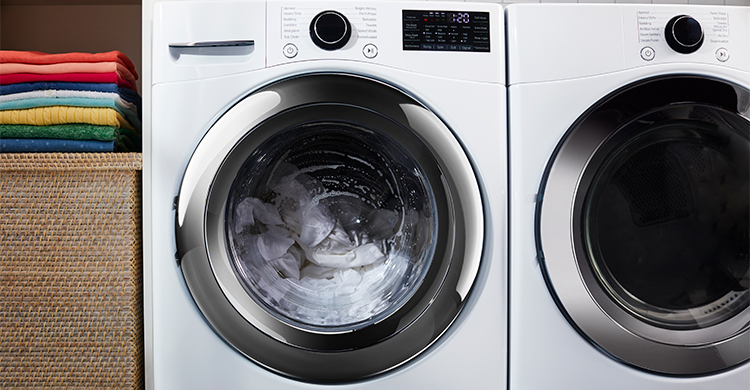
What is permanent press cycle?
What does permanent press mean? Originally the term “permanent press” was applied to certain types of clothes that had been engineered and chemically treated to better resist wrinkling and folds. During the 1950s, as permanent-press clothing and garments became hugely popular, washing and drying machines began to come outfitted with a special permanent-press cycle especially for these types of clothing.
Permanent-press washing and drying cycles are designed to reduce the amount of time you’ll need to spend ironing after your laundry is clean and ready to be put away. Permanent-press cycles fight fabric wrinkles throughout your laundering process, from start to finish. Both washers and dryers are outfitted with a permanent-press setting.
What is permanent-press wash?
Permanent-press cycles on a washer generally work in the same way from washer to washer, although cycle times and characteristics may vary slightly. The permanent-press washer cycle—sometimes called wrinkle control—uses warm water as it washes, then switches over to cold water for the rinse. Additionally, it softens agitation and slows the final spin cycle. This is to keep the weight of the wet clothes in the drum from pressing onto each other, thus creating more wrinkles.
Typically lasting around 30 minutes, the permanent-press cycle can protect clothing from shrinkage, stretching, fading, and annoying wrinkles. This makes it a perfect choice for washing delicate fabrics like polyester, nylon, and rayon.
What is permanent press on dryer?
The permanent-press dryer setting, similar to the washer, will generally work in the same way from machine to machine, although you may notice slight variations. Permanent press on a dryer uses a medium heat level to dry clothing more gently and reduce the chance that wrinkles will form in the fabric. Some dryers may also include a cooling phase in their permanent-press cycle which helps ease drying fabrics from warmer air to cool. The easing of this temperature change process reduces the chance of shrinkage as well as the chance garments will retain creases after folding.
Benefits of perm press cycles
When it comes to permanent press vs. normal cycles on your washer and dryer, the benefits are numerous and extend beyond just preventing wrinkles. Also, not only are perm press cycles helpful with delicate clothing, but they can be used on other garments as well. Overall, the gentler, lower temperature aspects of a permanent-press cycle helps to preserve bright colors, prevents damage to delicate threads, and guards against stretching, just to name a few benefits.
Prevents Fading and Damage:
While the warm water in permanent-press washer cycles helps prevent fading of fabrics to keep them looking bright, the warm air used in permanent-press dryer cycles is less harsh on clothing, reducing the risk of damage, especially to more delicate items.
Cost Effective:
Due to the less extreme temperatures associated with both permanent-press wash and dry cycles, over time using it to wash clothes can be more cost-efficient. Plus, with the added benefit of your favorite Tide Original Liquid working to remove tough stains, dirt, grease, and more in cold water, you never have to worry that a gentler cycle won’t get your clothes clean enough.
Increased Efficiency:
From the quicker washing times of the permanent-press wash cycle that helps prevent annoying pilling as well as wrinkles, permanent press on a dryer run less hot air, switching instead to cooler air at the end, which is more energy efficient.
How to run permanent-press cycles from start to finish
Running permanent-press cycles on your washer and dryer is a snap once you know the proper steps. Below, we’ll run you through a step-by-step process of washing and drying a load of laundry on the permanent-press cycle settings.
Step 1: Sort Your Garments
Start by sorting clothing and fabrics into like materials and colors. Be sure to check the specifics of your care labels to ensure everything is safe to wash and dry on the same settings.
Step 2: Load the Washer
Now it’s time to load your washing machine while being careful not to overfill. You want there to be enough room in the drum for your fabrics to move around and have the water flowing through them for maximum cleaning effect. Using your favorite Tide Original Liquid, add a dose matching your load size to the detergent tray.
Step 3: Wash on Permanent Press Setting
Select the permanent-press setting on your washer and start the load. Listen carefully for the chime that the load is complete because you want to transfer clothing from the washer to the dryer as soon as the cycle is done. This is to prevent clothes from laying damp in your washer drum where they can compress and wrinkle.
Step 4: Place Clothes in Dryer
Transfer your damp garments to the dryer, taking note of the care labels once again. If a garment is made from wrinkle-resistant fabric like wool or spandex, it’s best to hang them to dry.
Step 5: Run the Dryer on Permanent Press Setting
Start the dryer using the permanent-press cycle, allowing it to run all the way through before removing clothes.
Step 6: Fold, Hang and Enjoy
Remove the garments from the dryer as soon as the cycle finishes. Folding and hanging your clothes as quickly as possible will reduce the risk of any wrinkles or creases
Products for permanent press cycle
Tide Original Liquid Laundry Detergent
Tide Free and Gentle Liquid Laundry Detergent
Tide Ultra OXI Powder Laundry Detergent




